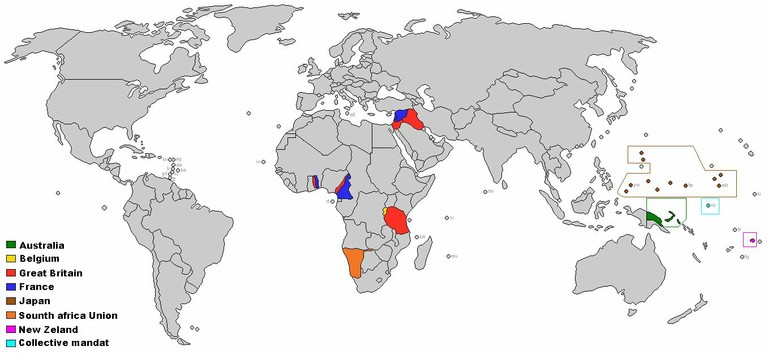

Delamotte in arxiv:0702.365, Section 2.6- "Perturbative renormalizability, RG flows, continuum limit, asymptotic freedom and all that."Īlthough the two approaches seem completely different, they are in essence equivalent, in the sense that, as long as the perturbative expansion makes sense, they will give the same results : same fixed points, critical exponents, and so on.īeyond one-loop, the two methods seem completely different : in Wilson's approach, one generates new interactions in the lagrangian ($\phi^6$ etc.), which are needed to get the fixed points at order $\epsilon^2$ for instance. I think that the best reference for this question is the discussion by B. This is of course a very subtle problem, and I will only scratch the surface here.

PS: There is a relating question Relation between Wilson approach to renormalization group and 'standard' RG But our questions are totally different. It seems impossible Wilson RG is same as QFT RG.
#Wilsonian moment definition how to
Even though you can show in $1$-loop they are essentially same, how to prove that they are same in higher loop? Because I heard that in QFT RG, the coefficent of $g_R^3$ and higher will depend on the regularization. How to see explicitly the Wilson RG $(1),(2)$ and QFT RG $(3),(4)$ are essentially same? (or in weaker sense they can have same Wilson-Fisher fixed point? have same critical exponent?)ģ.Above calculation is only $1$-loop. In technique, especially $(2),(4)$ are totally different.

The only way out is using experiment to fix the some observables $\sigma$, then RG tells us how bare parameters should grow with cutoff, that is $m_0(\Lambda), g_0(\Lambda)$, to keep observables $\sigma(m_0(\Lambda),g_0(\Lambda),\Lambda)$ finite and independent with cutoff $\Lambda$. However if you fix the bare parameters and make $\Lambda\rightarrow \infty$ then every observable $\sigma$ must be divergent. With $m_0$, $g_0$ the bare parameters, $\Lambda$ the UV-cutoff. In QFT, we can compute any observable $\sigma$ No matter in technique or concept I can't understand this relation.įirstly in concept, Wilson RG describes how the effective parameter flow as you view the system in a larger and larger size. $$Z=\int\mathcalg_R + O(g_R^2)\tag 4$$ġ.Everyone says that Wilson RG is essentially same as QFT RG. What's the relation between Wilson Renormalization Group(RG) in Statistical Mechanics and QFT RG? For easier to compare, I choose scalar $\phi^4$ in both cases.


 0 kommentar(er)
0 kommentar(er)
